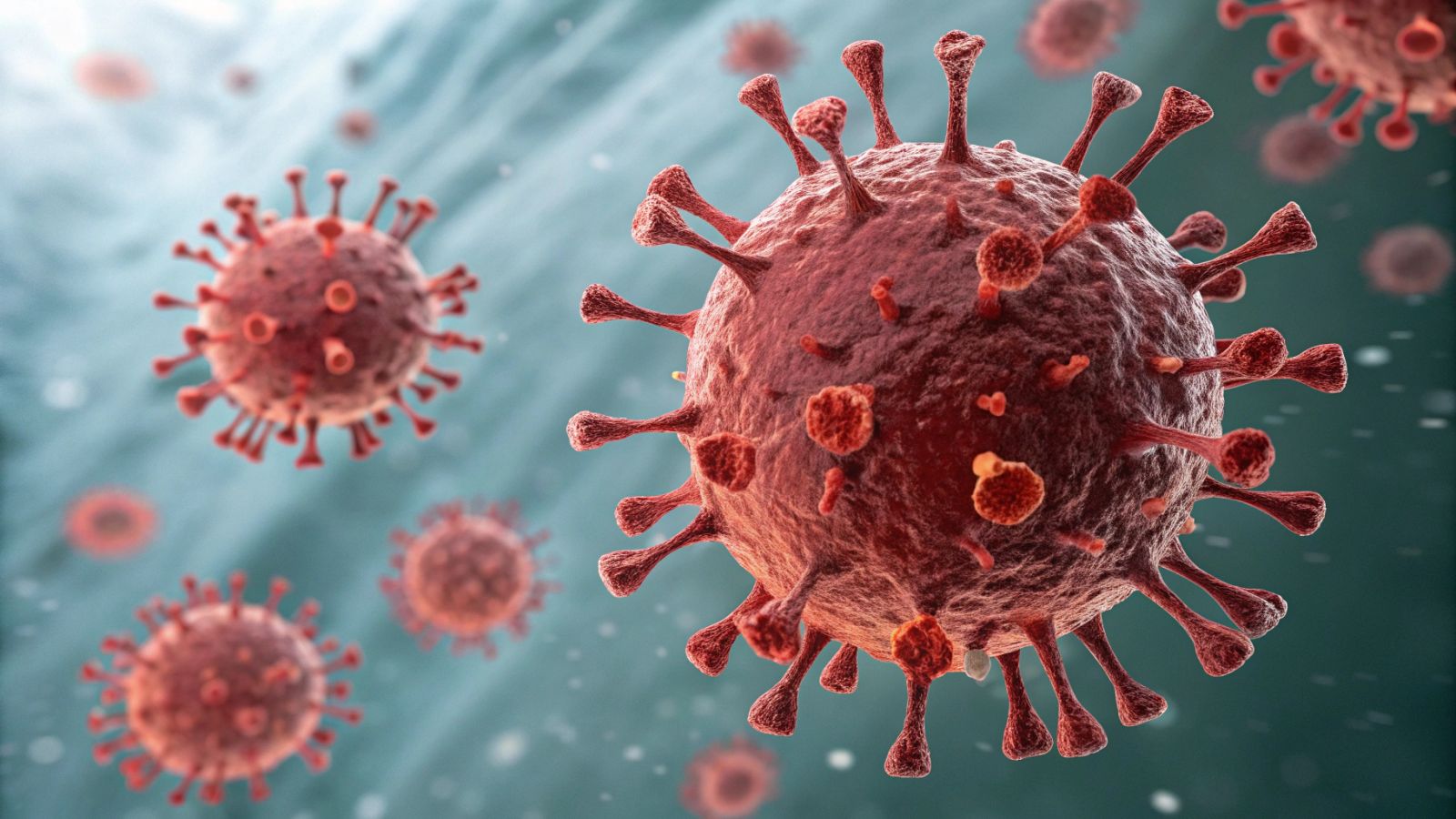Is the next major pandemic already here? 🚨
Follow us on Google News (click on ☆)
The Global Virus Network (GVN), a group of leading virologists, published an analysis in The Lancet Regional Health - Americas. They highlight the urgency of strengthening surveillance and biosecurity measures to counter the virus's spread.

Experts warn about potential mutations of H5N1 that could facilitate human-to-human transmission. Over 70 human cases have been reported, including one death in the United States, marking a turning point in the epidemic's evolution.
Scientists are calling for international collaboration to share genomic data and improve surveillance. Rapid response is crucial to prevent a pandemic, as demonstrated by lessons learned from COVID-19.
Measures such as using personal protective equipment and rigorous farm cleaning are essential. Experts also recommend the rapid development of vaccines for both humans and animals, particularly for exposed workers.
What is H5N1 avian flu?
H5N1 avian influenza is a highly pathogenic viral strain that primarily affects birds. It can occasionally transmit to humans with potentially severe consequences. The virus spreads through direct contact with infected animals or their secretions.
Symptoms in humans range from mild respiratory issues to severe pneumonia. The mortality rate is high, justifying particular vigilance. People in close contact with poultry are at highest risk.
Virus mutations are closely monitored by scientists. Some could increase its ability to transmit between humans, potentially triggering a pandemic.
Prevention measures include farm biosecurity and poultry vaccination. For humans, vaccines are in development, but their effectiveness depends on the circulating viral strain.
Why is genomic surveillance crucial?
Genomic surveillance allows real-time tracking of virus evolution. It identifies mutations that could affect transmissibility or virulence. This approach was critical during the COVID-19 pandemic.
By analyzing genetic sequences, researchers can detect emerging variants. This information guides public health strategies and vaccine development. Rapid data sharing is essential for a coordinated response.
For H5N1, surveillance helps understand how the virus adapts to mammals. Infections in dairy cows represent a new potential transmission route requiring special attention.
Sequencing technologies have significantly advanced, making surveillance more accessible. However, their deployment requires investments and international cooperation to cover all at-risk regions.